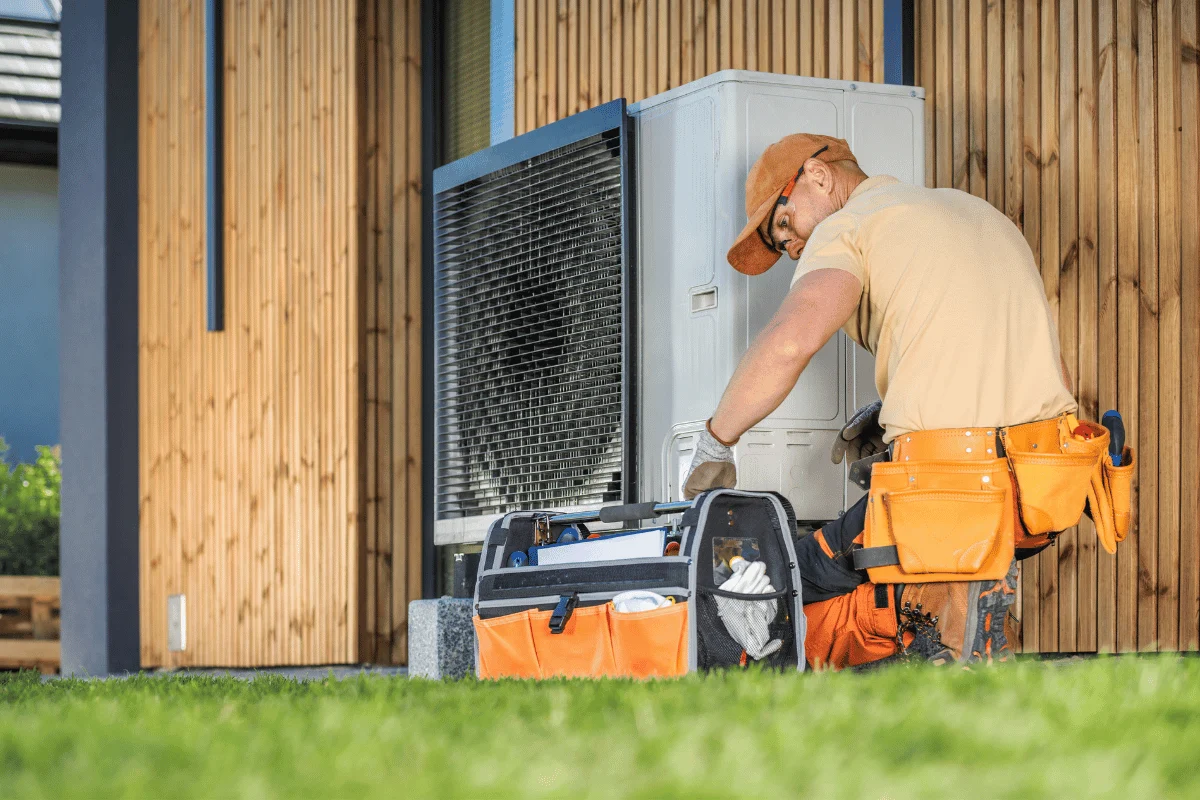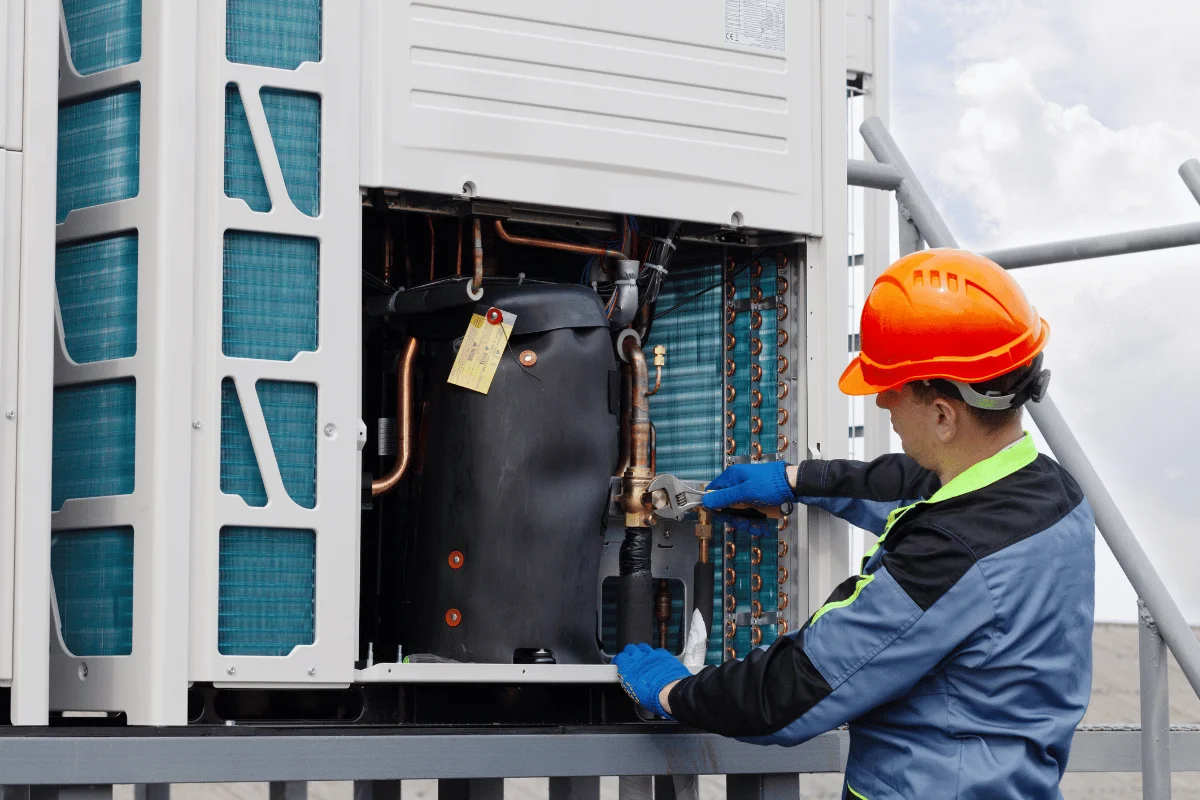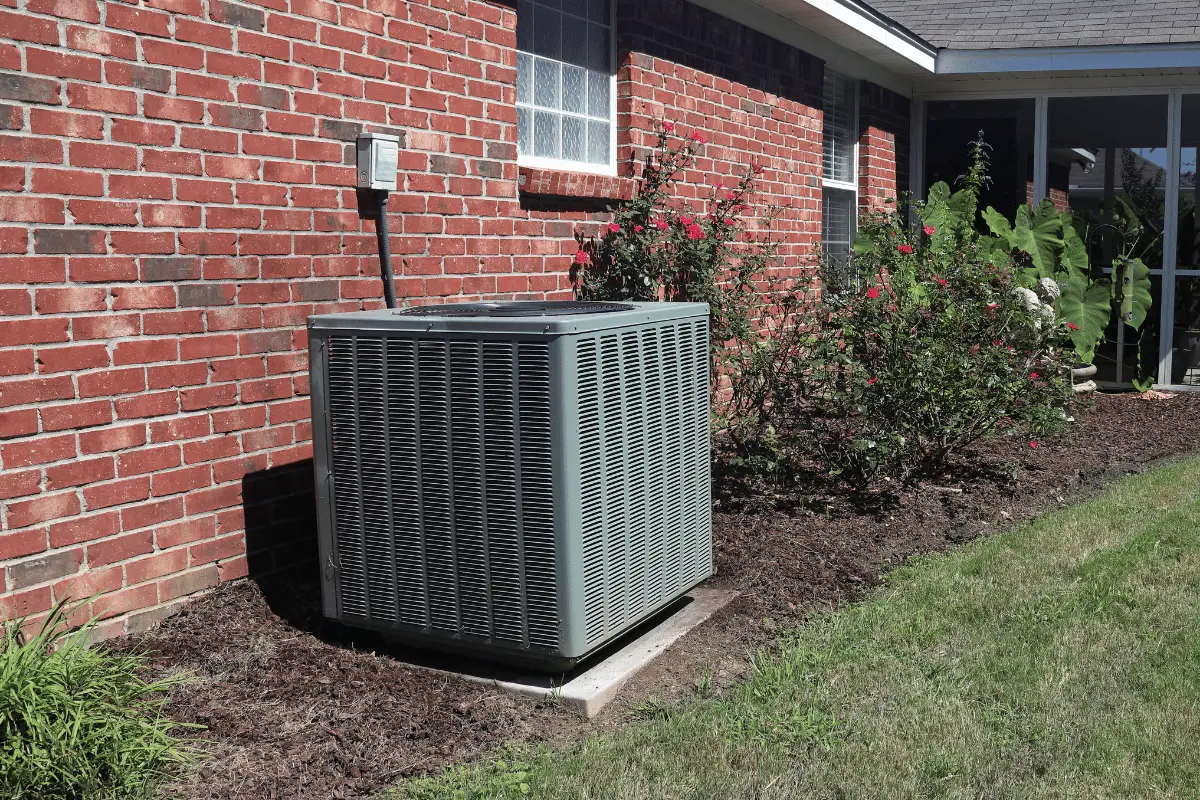Thermostat Problems: The thermostat might be set incorrectly or malfunctioning. Verify the settings and ensure the thermostat is working properly.
1. HVAC System Not Turning On
Possible Causes:
- Power Issues: The system may not be receiving power. Check the circuit breaker and ensure that the power switch is on.
- Blown Fuse: A blown fuse can prevent the system from turning on. Inspect and replace any blown fuses.
Troubleshooting Steps:
- Check the Circuit Breaker: Reset any tripped breakers or replace any blown fuses.
- Inspect the Power Switch: Ensure the system’s power switch is turned on.
- Test the Thermostat: Replace batteries if needed and check for correct settings.
2. Inconsistent Temperature
Possible Causes:
- Dirty Air Filters: Clogged filters can restrict airflow and cause uneven temperatures.
- Thermostat Issues: A faulty thermostat can result in incorrect temperature readings.
- Ductwork Problems: Leaks or blockages in the ducts can lead to uneven heating or cooling.
Troubleshooting Steps:
- Replace Air Filters: Check and replace air filters if they are dirty or clogged.
- Calibrate the Thermostat: Ensure the thermostat is accurately measuring the temperature.
- Inspect Ductwork: Look for visible signs of damage or leaks and address any issues.
3. Noisy HVAC System
Possible Causes:
- Loose Components: Loose parts, such as the blower fan or motor, can create unusual noises.
- Debris: Objects or debris in the system can cause rattling or banging noises.
- Worn-Out Parts: Worn bearings or belts may result in grinding or squealing sounds.
Troubleshooting Steps:
- Inspect for Loose Parts: Tighten any loose components and secure them properly.
- Remove Debris: Check and clean any debris from the system.
- Check for Worn Parts: Inspect belts and bearings and replace any worn components.
4. Short Cycling
Possible Causes:
- Oversized System: An HVAC system that is too large for the space may short cycle.
- Dirty Air Filters: Restricted airflow can cause the system to short cycle.
- Thermostat Issues: A malfunctioning thermostat can cause short cycling.
Troubleshooting Steps:
- Verify System Size: Ensure the HVAC system is appropriately sized for the space.
- Clean or Replace Air Filters: Ensure filters are clean and free of obstructions.
- Check the Thermostat: Test and calibrate the thermostat or consider replacing it if it’s faulty.
5. Foul Odors
Possible Causes:
- Mold or Mildew: Moisture in the system can lead to mold or mildew growth, causing unpleasant smells.
- Burnt Dust: Dust buildup on heating elements can produce a burning smell when the system starts.
- Gas Leaks: For gas-powered systems, a gas leak can produce a rotten egg smell.
Troubleshooting Steps:
- Clean the System: Clean the evaporator and condenser coils and address any mold or mildew.
- Replace Air Filters: Regularly change filters to prevent dust buildup.
- Inspect for Gas Leaks: If you suspect a gas leak, shut off the system immediately and contact a professional.
6. System Not Cooling or Heating Properly
Possible Causes:
- Refrigerant Issues: Low refrigerant levels or a refrigerant leak can affect cooling performance.
- Blocked Vents: Obstructed vents can prevent proper airflow and temperature regulation.
- Faulty Components: Malfunctioning components such as the compressor or expansion valve can impact system performance.
Troubleshooting Steps:
- Check Refrigerant Levels: Have a professional inspect and recharge refrigerant if needed.
- Clear Blocked Vents: Ensure vents and registers are unobstructed and open.
- Inspect Components: Have a professional check and repair any faulty components.
Conclusion
Regular maintenance and timely troubleshooting can help ensure your HVAC system operates efficiently and reliably. If you encounter persistent issues or complex problems, it’s always a good idea to consult with a professional HVAC technician for a thorough inspection and repair.





